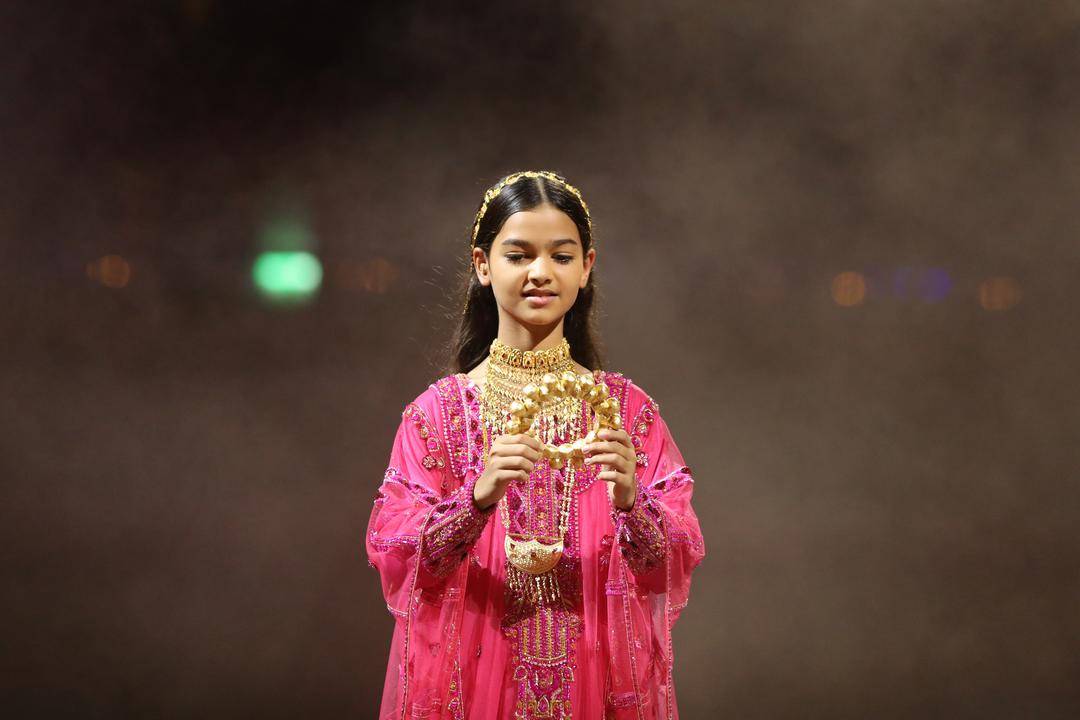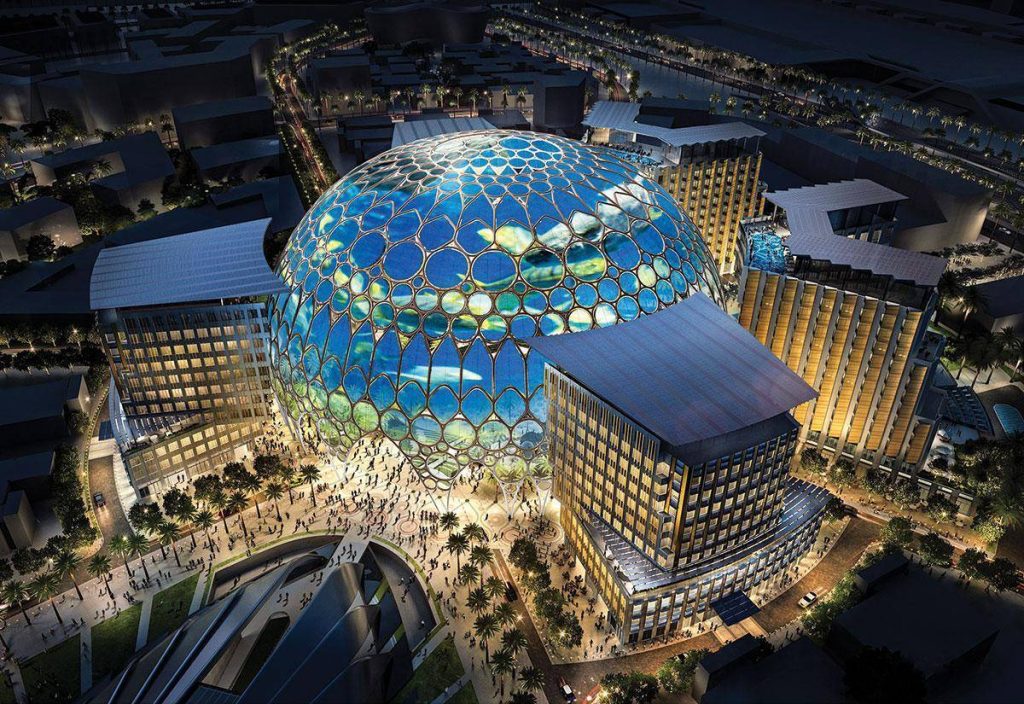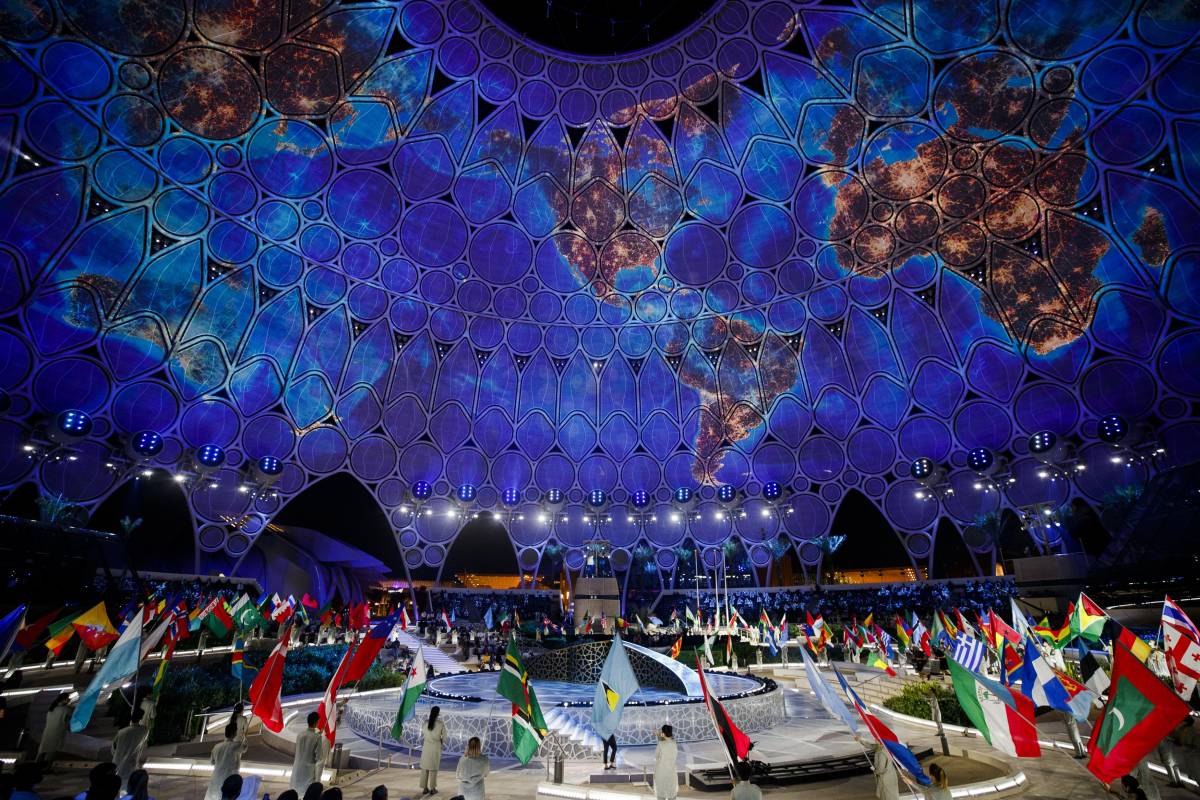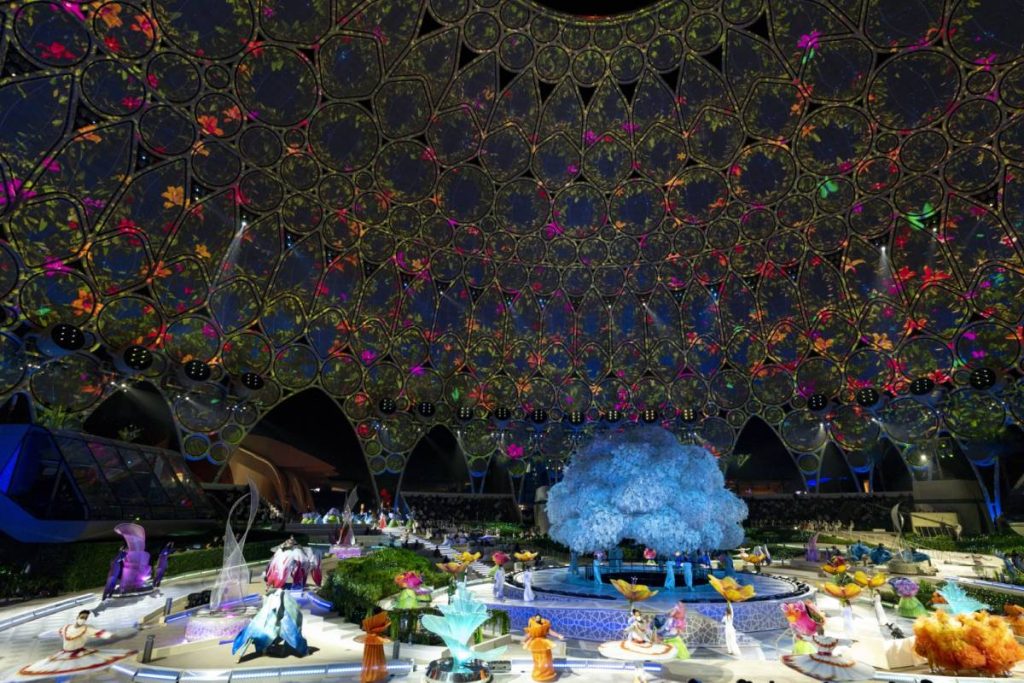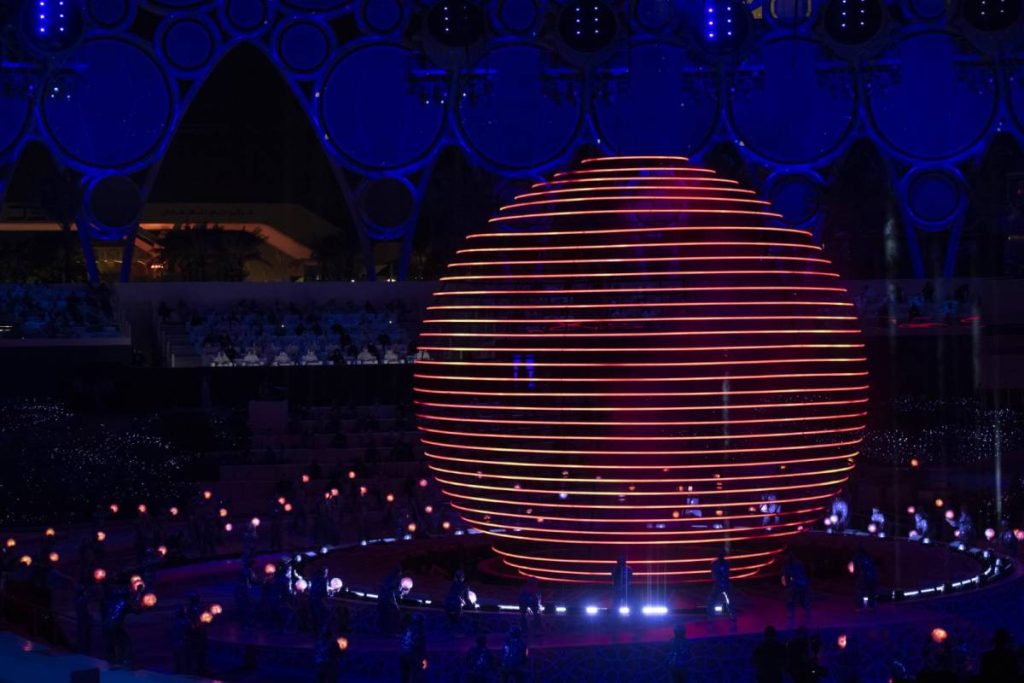He designed a prefabricated sustainable shelter, SpaceEra, that would not only help reduce transmission of the virus but could also house refugees worldwide in the future…reports Asian Lite News.
Emerging Indian innovator Kaif Ali, 20, is one of the 15 winners this year of the prestigious Secretary-General’s Commonwealth Innovation for Sustainable Development Awards.
He has invented low-cost portable housing for Covid-19 quarantine and shelter from extreme weather such as earthquakes and flooding.
Kaif’s design has been recognised by the UN under the top 11 emerging innovation start-ups solving climate challenges.
Each winner of the award received a trophy, 3,000 pounds in prize money and the opportunity to scale up their innovations in collaboration with partners and mentors across the Commonwealth.
During the pandemic, Kaif, an architecture student, researched how architecture could prevent the spread of disease.
He designed a prefabricated sustainable shelter, SpaceEra, that would not only help reduce transmission of the virus but could also house refugees worldwide in the future.
He is now known for motivating his fellow youth trying to imitate his approach to start their own sustainability projects and initiatives.
“Winning the Commonwealth Innovation Award lifts my confidence to a greater level and motivates to me work even harder than yesterday and innovate unprecedented solutions to achieve a sustainable future. I pledge to become the voice of the youth transforming the Commonwealth and to Be the Change!” a statement quoting Kaif said.
He has plans to conduct mentorship programs for grass-route innovators to enrich their knowledge and motivate them to work towards social and environmental issues.
“In the upcoming year, I wish to pursue a Masters in Architecture and harness my future career towards STEM innovations and youth leadership in the multilateral domain. I aim to devote my career towards the well-being of the mass,” he added.
The other winners are Marie-Claire N. Kuja, who founded KujaEcoPads to fight period poverty and help improve the lives of women and girls in Cameroon.
She said: “This award will boost the morale of my employees and improve motivation. It will increase our visibility and help to boost the company profile. It will open pathways for partnerships at a global level and bring new connections and networking opportunities.”
Askwar Hilonga invented a low-cost and sustainable water purification system particularly suited to the needs of local people in Tanzania.
Growing up in rural Tanzania, Hilonga suffered from waterborne diseases throughout his childhood. He used his scientific expertise in nanotechnology and his local knowledge to develop a filter based on nanomaterials.
Richard Ochieng Arwa’s background in biochemistry propelled his interest into bio-ethanol fuel manufacturing in Kenya.
It began as a classroom experiment and transformed into a business centred on providing low-income households with affordable clean cooking energy by converting invasive water hyacinth into ethanol fuel.
Joshua Forte of Barbados is a sustainable environmental management practitioner and the founder and CEO of Red Diamond Compost Inc, a biotech social enterprise that focuses on research, development, and commercialization of clean and green agrochemical solutions.
Made primarily from organic waste materials and invasive plant species, the solutions support fragile organisms responsible for building soil structure, storing organic soil carbon, cycling nutrients to plants, and protecting pollinating insects.
Commonwealth Secretary-General Patricia Scotland applauded the diverse line-up of change-makers during a virtual meeting in the run up to the UN Climate Change Conference COP26.
She said: “Over many decades, the people of the Commonwealth member nations, through the Commonwealth networks which connect us and encourage us to work together, have found pioneering ways of overcoming daunting challenges and of solving seemingly intractable problems.”


